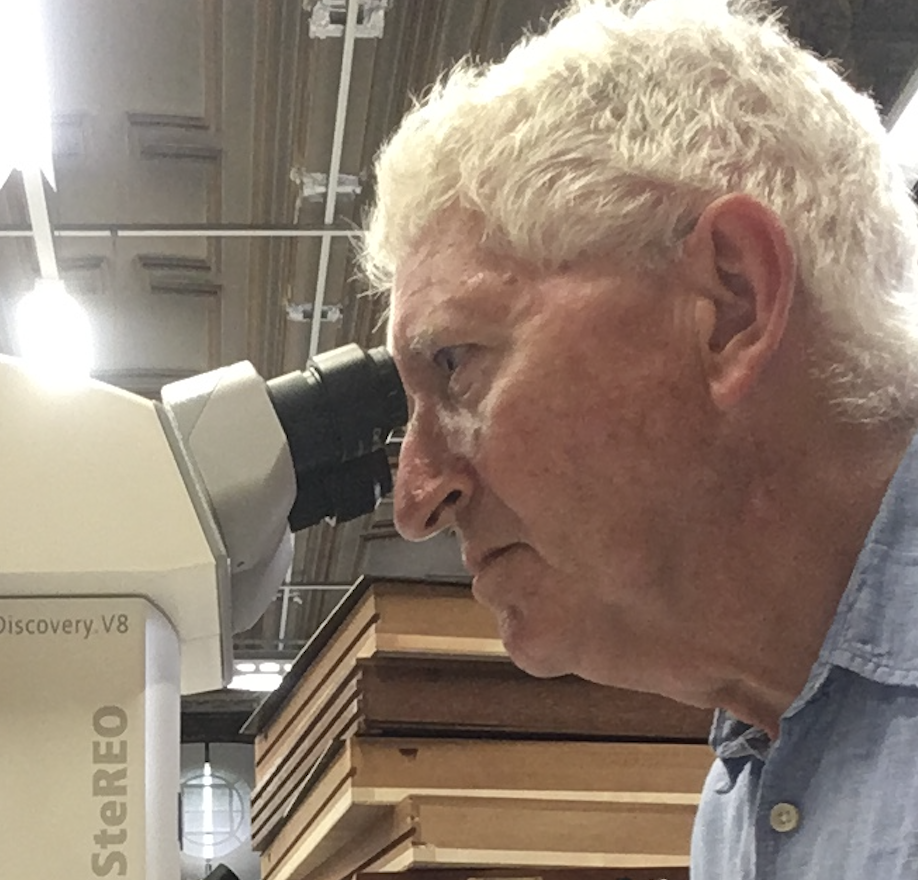Encyclopedias invariably make the claim that insects occur from seashore to mountain-top. This, in fact, does not apply to all insects – it does to beetles, though. Beetles live everywhere...
Where do beetles live?
Beetles, as befits a creature that comes in all shapes and sizes, live pretty much anywhere, from cracks in coastal rocks to caves and even fresh water and deserts. Here are some of the extremes....
A tiny flat-bodied ground beetle (Aepus) inhabits silt-filled cracks in coastal rocks well below the high-water mark, which get covered by the incoming tide twice a day. Near the top of the world, North America’s mountain bark beetle, Dendroctonus ponderosae, munches pines as high as the tree-line.
Deep underground, some cave beetles have evolved tiny eyes or none at all, as well as long spindly legs and antennae to feel where they are going, and have become flightless (there’s nowhere to fly to).
They eke out a living scavenging on the bits in bat guano, and anything else dead that they find in the darkness. In the karst limestone caves of southern Europe, Leptodirus hochenwartii incubates giant eggs inside its body that hatch into already fully grown non-feeding larvae, which pupate quickly and emerge as adults.
There's even a beetle that can survive in deserts. In Africa’s Namib Desert, darkling beetles of the genus Onymacris bask in fog. They condense water on hydrophilic (water-attracting) bumps on their elytra, then channel it down hydrophobic (water-repellant) grooves to their mouths.
Water beetles live in fresh water, but they remain air breathers. Lacking gills, they visit the surface often to replenish the oxygen carried in a thin air bubble known as a plastron. For beetles, obtaining oxygen from the air, by sucking it into fine tubes all along the body, is more efficient than absorbing it from water using gills. Having made the leap to a terrestrial existence from a marine one over half a billion years ago, all insects had to commit to non-saline environments.

